 |
Silk incubation facility solves output for silkworm cocoons |
Mr. Lieng Hot Ha Hai, Vice Chairman of the People's Committee of Dam Rong District (Lam Dong) said that after 5 years of implementing the project "Sustainable development of the mulberry and silk industry", mulberry cultivation and silkworm breeding have become one of the important economic sectors, contributing to improving the lives of people in the district, helping hundreds of ethnic minority households escape poverty.
According to Mr. Nguyen Van Chinh, Head of the Department of Agriculture and Rural Development of Dam Rong district, the area of alluvial land along rivers and streams in Dam Rong is quite large, very suitable for growing mulberry. At the same time, because the price of silkworm cocoons on the market is stable at a high level, the district is actively encouraging people to convert hundreds of hectares of land specializing in growing rice and corn to growing mulberry and raising silkworms.
The district's mulberry area has increased 5 times compared to 5 years ago. In addition, Dam Rong has formed chains linking production, consumption and processing of silkworm cocoons. A typical example is Duy Phuong Silkworm Cocoon Factory (Da Rsal Commune) linking, producing, consuming and processing silkworm cocoons with more than 500 households.
“By the end of 2023, Dam Rong district will build and form at least 3 linkage chains in 3 sub-regions for organizing mulberry production, silkworm breeding associated with silkworm cocoon consumption and silk reeling; striving to achieve over 1,200 tons of silkworm cocoons per year,” Mr. Ha Hai shared.
On the other hand, from the capital of nearly 13 billion VND from poverty reduction programs, new rural construction..., the district has supported over 370 households to develop mulberry growing areas with new varieties of high productivity and quality. In 2022, the locality supported silkworm farming tools for 38 households with a budget of 570 million VND.
The district has also supported farmers to build 3 new high-tech concentrated silkworm breeding facilities and automatic mechanized mulberry growing and silkworm breeding models in the communes of Ro Men, Lieng S'rong, and Da K'Nang...
In addition, the district also creates conditions for people, especially poor and near-poor households, to borrow capital to develop mulberry growing and silkworm raising to escape poverty sustainably.
According to the Dam Rong Department of Agriculture and Rural Development, the average income from mulberry cultivation and silkworm breeding is from 300-400 million VND/ha/year, 3-4 times higher than coffee cultivation, and 9-10 times higher than growing rice one crop per year.


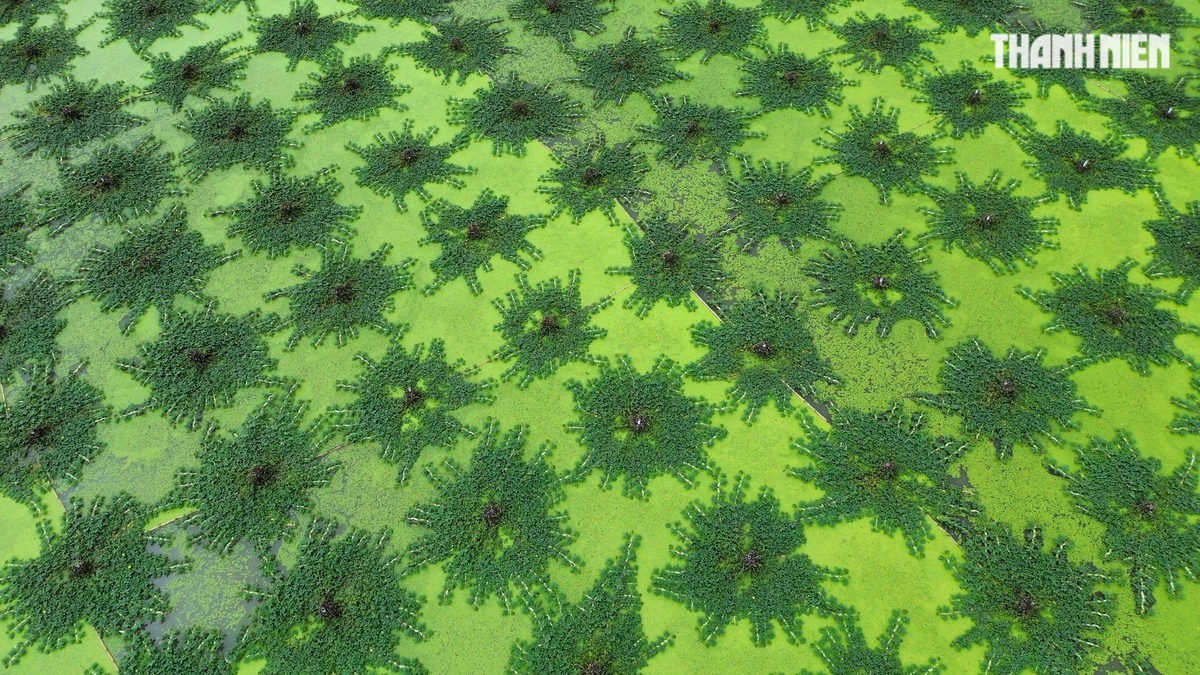
![[Photo] The moment Harry Kane lifted the Bundesliga trophy for the first time](https://vphoto.vietnam.vn/thumb/1200x675/vietnam/resource/IMAGE/2025/5/11/68e4a433c079457b9e84dd4b9fa694fe)
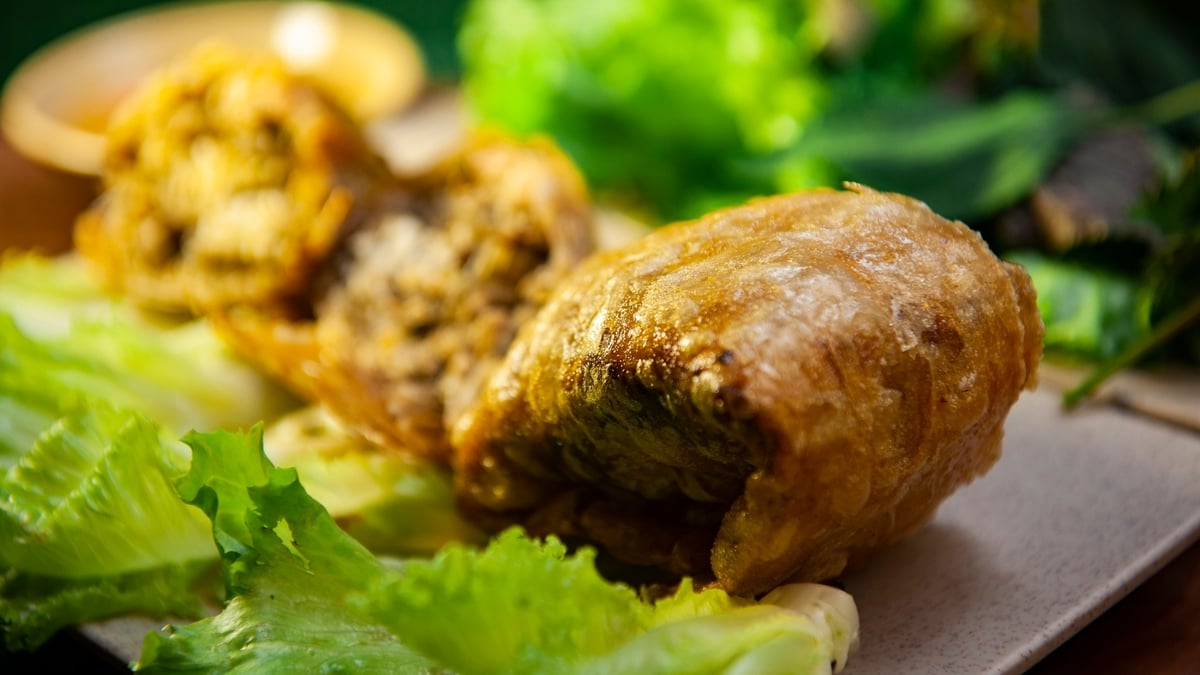



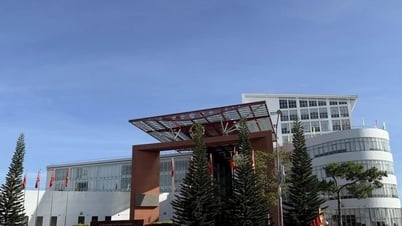

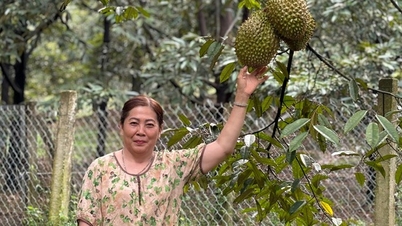



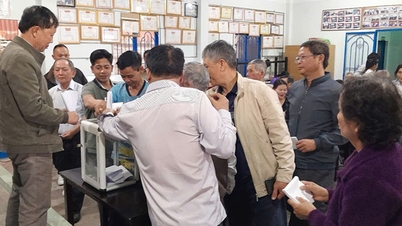





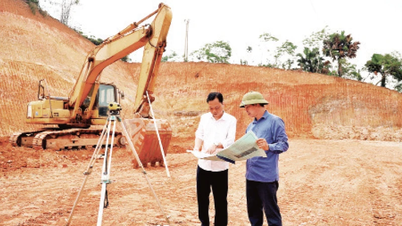
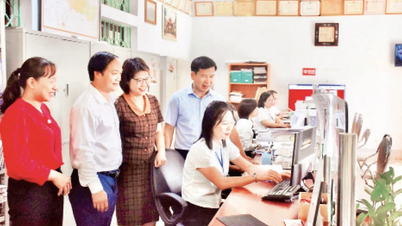
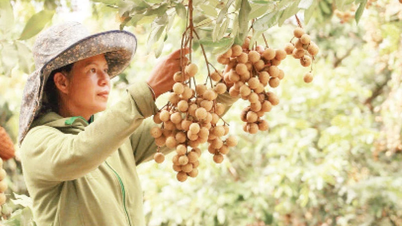
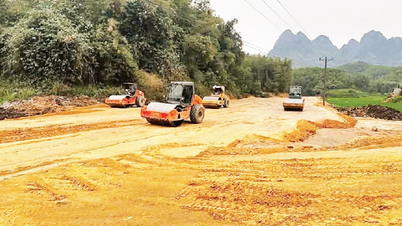
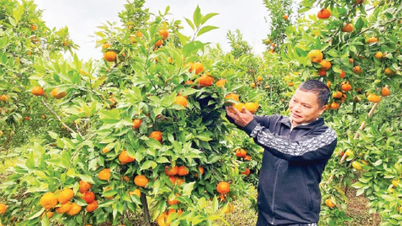

































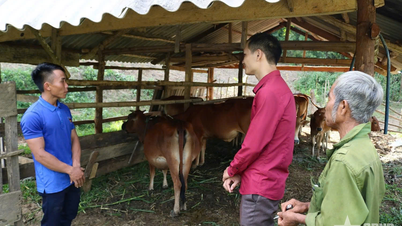































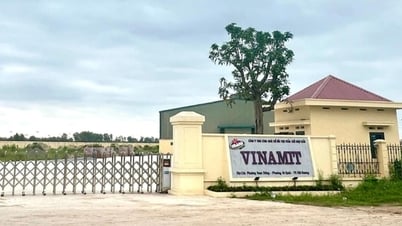

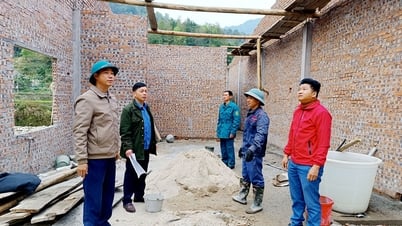














Comment (0)